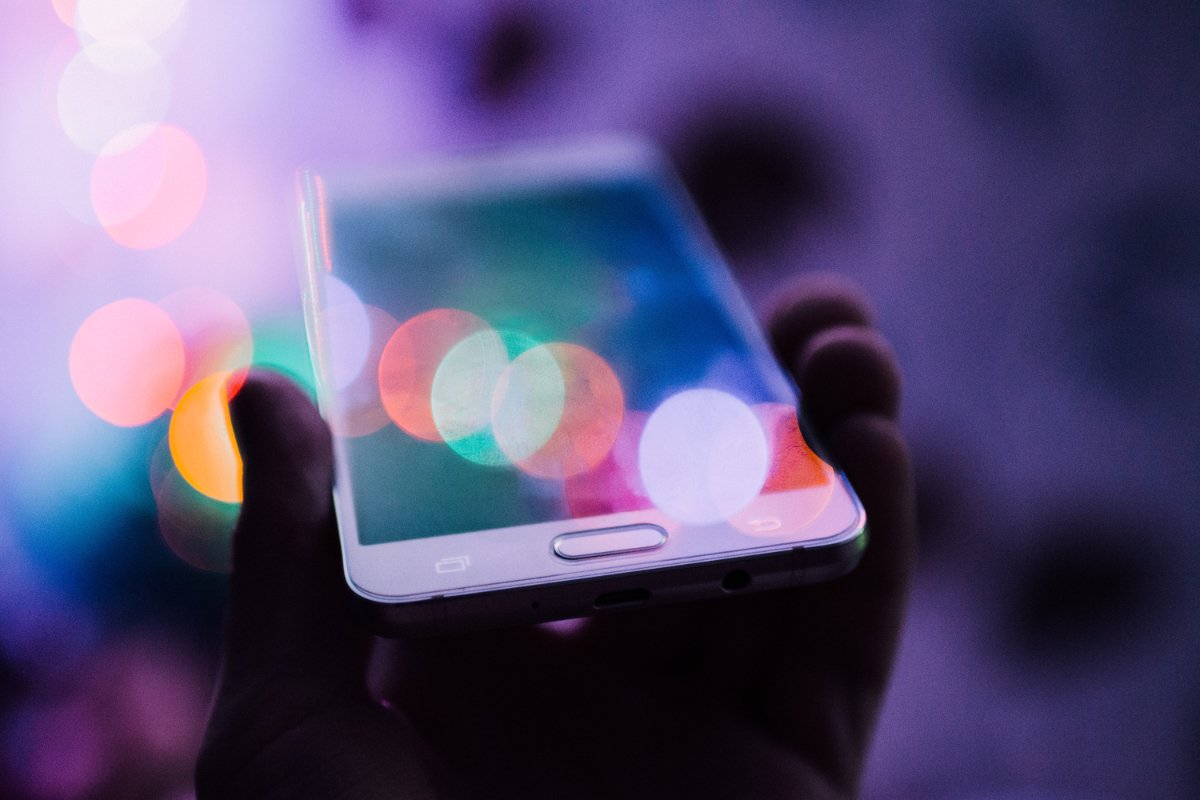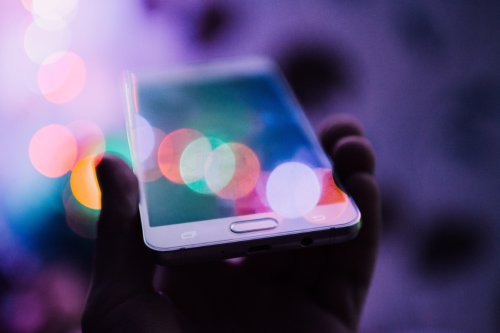This is a great website all about the digital divide and has loads of great resources. Whilst MindfulVision is principally interested in accessibility issues for visually impaired people accessibility is really an issue for all as is digital inclusion/exclusion which impacts us all.
Digital inclusion is a social issue.
A lack of digital skills and access can have a huge negative impact on a person’s life, leading to poorer health outcomes and a lower life expectancy, increased loneliness and social isolation, less access to jobs and education.It can mean paying more for essentials, financial exclusion, an increased risk of experiencing poverty. People who are digitally excluded also lack a voice and visibility in the modern world, as government services and democracy increasingly move online.
What’s more, it’s those already at a disadvantage – through age, education, income, disability, or unemployment – who are most likely to be missing out, further widening the social inequality gap.
What's the impact of the digital divide?
3.7 billion people are digitally excluded worldwide (ITU, 2020)
10 million people in the UK lack the very basic foundation skills needed for our digital world (Lloyds Bank EDS, 2021)
6.9 million people in the UK will remain digitally excluded if nothing is done to help them (Cebr, 2018)
Some thing to consider when thinking about the digital divide
Data poverty and devices
2 million households in the UK struggle to afford their internet bills (Ofcom, 2021).
1 in 6 broadband customers – people who are already online – struggled to pay their bill between March 2020 and January 2021 (Citizens Advice, 2021).
61% of adults agree that internet access should be recognised as an essential utility (Ipsos Mori for Good Things Foundation, 2020).
They’re cut off from loved ones. They’re locked out of vital services like online food shopping and banking. Many can’t get access to vital government information meaning physical safety is a concern too.
We can’t assume people with the internet and an old device know how to use them. Even when people have access to these things, they may not have the skills to enable them to access vital services and support. For example, downloading an app to have a GP consultation or to speak to their loved ones.
Health and wellbeing
Health inequality in the UK is a major problem: people living in deprived areas tend to have a lower life expectancy and be at higher risk of poor health.
People without digital skills are the group already most likely to experience health inequalities – it’s clear there’s a growing need to increase digital health literacy and skills. 83% of GPs expressed concern about patients whose access to remote services may be impacted by digital literacy, disability, language, location or internet connection (GPOnline, 2020).
Digital tools can help people take charge of their own health and make the right choices for them, 37% of adults (aged 16+) use the internet to manage their physical health (Lloyds, 2021).
While reducing stress and cost for individuals, improved digital health skills can also have huge impacts on the delivery of frontline services, reducing pressure on the NHS through an increase in online transactional services such as repeat prescriptions, online appointment booking and patient access to health records.
Accessing online services
In the UK, 29% of adults have very low digital engagement, not having the digital skills needed for everyday life (Lloyds, 2021).
75% of people want essential services to be accessible both online and offline (Demos, 2021). However, 10 million people in the UK cannot get online independently (Lloyds, 2021). These people are more likely to face social and economic exclusion, including unemployment, poverty, low literacy and disability.
Many of the groups who are more likely to interact with public services, are also more likely to be without the digital skills needed for everyday life.
Socially excluded groups tend to be the heaviest users of many government services, yet they are also less likely to be able to use online channels; 40% of benefit claimants have ‘very low digital engagement’ (as measured by the Lloyds Bank UK Consumer Digital Index).
Challenging wider inequalities
Social inclusion is about making sure that everyone – regardless of age, income, or ability – has the same opportunities, helping to level the playing field for all.
It’s a complex issue made up of many different causes. We know there’s no single answer to all of these issues but we believe digital can help.
Whether voting, searching for jobs, accessing health services or connecting with the community around you, no one should be left behind and no one should be left without a friendly face and support to improve their lives.
Limited users of the internet are 1.5 times more likely to be from Black, Asian and minority ethnic groups compared with extensive users (Yates analysis of Ofcom, 2021).
58% of people supported through our Digital Lifeline programme identified their disability or health condition as a barrier to using the internet.
Digital inclusion in communities
75% of adults believe that every area needs a place where people can visit to help with internet skills (Ipsos Mori for Good Things Foundation, 2020).
19% of people currently offline said that they want to go online, but don’t know where to get help (Lloyds, 2021).
At Good Things Foundation we believe in supporting people and communities to be Digitally Able, Equal and Safe so they can be Happier, Healthier and Better-Off.
Digital inclusion is key to our work helping socially disadvantaged people transform their lives.
Our network partners engage people with community-based learning, offering digital skills as part of a package of support based on an individual’s need.
Our network reaches and engages digitally excluded people all over the UK. It is made up of thousands of community organisations such as small local community centres, small local charities specialising in older people, people with disabilities, or people looking for work, local branches of national organisations such as Age UK or Citizens Advice, and public libraries.
We design and run deep-reach digital inclusion programmes. Since 2014 we have been a key digital inclusion partner to UK Government, leading Basic Digital Skills for the Department for Education. We have pioneered innovative new partnerships with global names including Google, as well as working with the Australian Government and in Kenya.
We work hard to improve digital capability for all, because we believe that everyone should be able to enjoy the benefits of digital.
Jobs and money
A financially inclusive society ensures those who are in work are able to manage their wages and those out of work are able to effectively budget their benefits.
Digital and financial inclusion are inextricably linked – those who are unable to get online independently cannot access online banking services and tools. Digital skills are vital to being successful in today’s job market – both when looking for work and progressing in the workplace. 92% of businesses say that having a basic level of digital skills is important for employees, whilst 76% of businesses say that a lack of digital skills would affect the profitability of their business (World Skills UK, 2021).
We believe that everyone should have equal access to financial services and be supported to develop basic financial skills, enabling them to manage their money, regardless of income, age or circumstance.
There is also a need to provide help for people to learn soft skills, such as increased confidence, better decision-making and resilience to setbacks, to lay the foundations for workers to embrace digital skills and thrive.
Digital skills and safety
The Government’s Essential Digital Skills framework provides five categories for the skills that are essential for everyday life and work: communicating, handling information and content, problem-solving, transacting, and – finally – being safe online.
There are currently 11.9 million people in the UK who lack the essential digital skills for life. This means that one in five people struggle to communicate, search for health information, or access government services online.
Online safety is central to what being ‘digitally included’ means. It is especially important for people who are new or limited users of the internet (often older people, and working-age adults with low educational attainment and low incomes) and those in vulnerable situations. Around 6 in 10 adults report having had a least one potentially harmful experience online in the past year (Ofcom/ICO 2020).
Covid-19 has revealed the value of digital technology in our lives – enabling many of us to learn, earn, stay safe, informed, and connected. It has also raised major concerns about digital exclusion, as too many have been locked out of these benefits. The pandemic has spurred innovation and acceleration in digital services and the use of data, not least in supporting the public health and healthcare response. There have also been reports of a rise in online abuse, online scams, online consumer harms relating to mental health, and the spread of misinformation and disinformation during the pandemic.
The impact of Covid-19
Covid-19 changed nothing and it changed everything. Millions of people are as excluded now as they were before and during the lockdown period, lacking the skills and affordable access they need to be part of our society. But Covid-19 changed everything because suddenly everyone else was aware that they could not live without the internet.
1 in 6 broadband customers – people who are already online – struggled to pay their bill during the Covid lockdowns (Citizens Advice, 2021).
Since the first Covid-19 lockdown started, 8% of parents from low-income households went into debt (or overdraft) to pay for internet access, compared to 2% from higher-income households. (Parentzone, 2021).
For people who are able to use technology, shifting everyday life online has been strange and unexpected, but not exactly a leap in the dark. For those millions who can’t, the lockdown has meant being literally cut off from the world and essential services – leading to loneliness and social isolation.
The huge restrictions on everyday life due to Covid-19 forced many of our community partners to shut their doors almost overnight. They found themselves unable to offer digital skills training using a blend of face-to-face support and online learning – an approach that has improved the lives of more than three million people since 2010.


